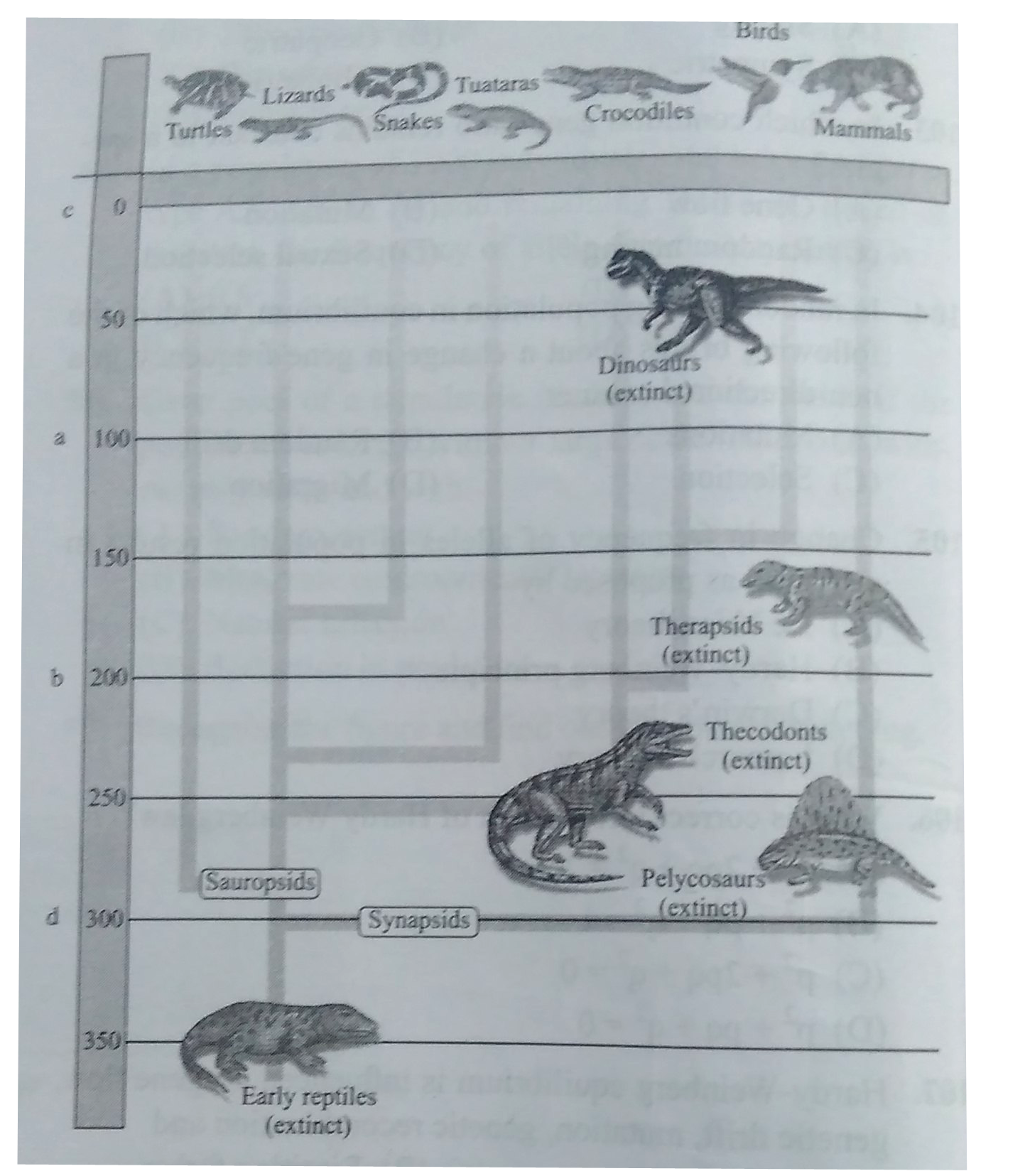select the correct representation of density of population (N) which can be expressed after a period of time t+1.
Nt+1=Nt+[(B+I)−(D+E)]
Nt+1=Nt[(B+I)+(D+E)]
Nt=Nt+1+[(B+I)−(D+E)]
Nt+1=Nt[(B+I)+(D−E)]
The correct Answer is:A
To solve the question regarding the correct representation of the density of population (N) after a period of time t+1, we need to consider the factors that affect population change over time. Here’s a step-by-step breakdown of the solution:
Step 1: Understand the Variables
1. N: Represents the density of the population at time t.
2. b: Represents the number of births in the population.
3. d: Represents the number of deaths in the population.
4. i: Represents immigration, or the number of individuals coming into the population.
5. e: Represents emigration, or the number of individuals leaving the population.
Step 2: Establish the Initial Population
At time t, the population density is represented as Nt.
Step 3: Determine Changes in Population
To find the population density at time t+1 (denoted as Nt+1), we need to account for the changes in population due to births, deaths, immigration, and emigration.
Step 4: Formulate the Equation
The change in population can be expressed as:
Nt+1=Nt+b+i−d−e
Where:
- Nt is the population density at time t.
- b is added to account for births.
- i is added to account for immigration.
- d is subtracted to account for deaths.
- e is subtracted to account for emigration.
Step 5: Rearranging the Equation
We can rearrange the equation to clearly show the relationship:
Nt+1=Nt+(b+i−d−e)
Step 6: Identify the Correct Representation
From the rearranged equation, we can see that the correct representation of the density of population after a period of time t+1 is:
Nt+1=Nt+b+i−d−e
This matches with the first option provided in the question.
Conclusion
Thus, the correct representation of the density of population N after a period of time t+1 is:
Nt+1=Nt+b+i−d−e
---
1. N: Represents the density of the population at time t.
2. b: Represents the number of births in the population.
3. d: Represents the number of deaths in the population.
4. i: Represents immigration, or the number of individuals coming into the population.
5. e: Represents emigration, or the number of individuals leaving the population.
At time t, the population density is represented as Nt.
To find the population density at time t+1 (denoted as Nt+1), we need to account for the changes in population due to births, deaths, immigration, and emigration.
The change in population can be expressed as:
Nt+1=Nt+b+i−d−e
Where:
- Nt is the population density at time t.
- b is added to account for births.
- i is added to account for immigration.
- d is subtracted to account for deaths.
- e is subtracted to account for emigration.
We can rearrange the equation to clearly show the relationship:
Nt+1=Nt+(b+i−d−e)
From the rearranged equation, we can see that the correct representation of the density of population after a period of time t+1 is:
Nt+1=Nt+b+i−d−e
This matches with the first option provided in the question.
Thus, the correct representation of the density of population N after a period of time t+1 is:
Nt+1=Nt+b+i−d−e
Topper's Solved these Questions
Similar Questions
Knowledge Check
Select which is correct representation for diagonal relationships in periodic table.
A B
B C
C D
D
Which is the correct representation to express the molar concentration (M) of any solution ?
ANo.of gram equivalent of soluteVolume of solution in litreBNo.of moles of soluteVolume of solution in litreCNo.of moles of soluteMass of solvent in kgDNo.of moles of any constituentTotal no.of moles of all constituentsWhich of the following is the correct representation of the solubility product expression for mercurous iodide (HgI2) ?
A[Hg2+2][I−]2B[Hg+]2[I−]2C[Hg+][I−]D[Hg2+][I−]2
Which of the following representations of I (van't Hoff factor) is not correct ?
View SolutionWhich of the following is the correct representation of 1-amino acids?
View SolutionFollowing is given the diagrammatic representation of evolutionary history of vertebrates through geological periods. Identify the geological periods (A,B,C and D) and select the correct option.

View SolutionHere is given the diagrammatic representation of evolutionary history of vertebrates through geological periods. Identify the geological periods (a, b, c and d) and select the correct option.

View SolutionWhich of the following representations of I (van't Hoff factor) is not correct ?
View Solution
